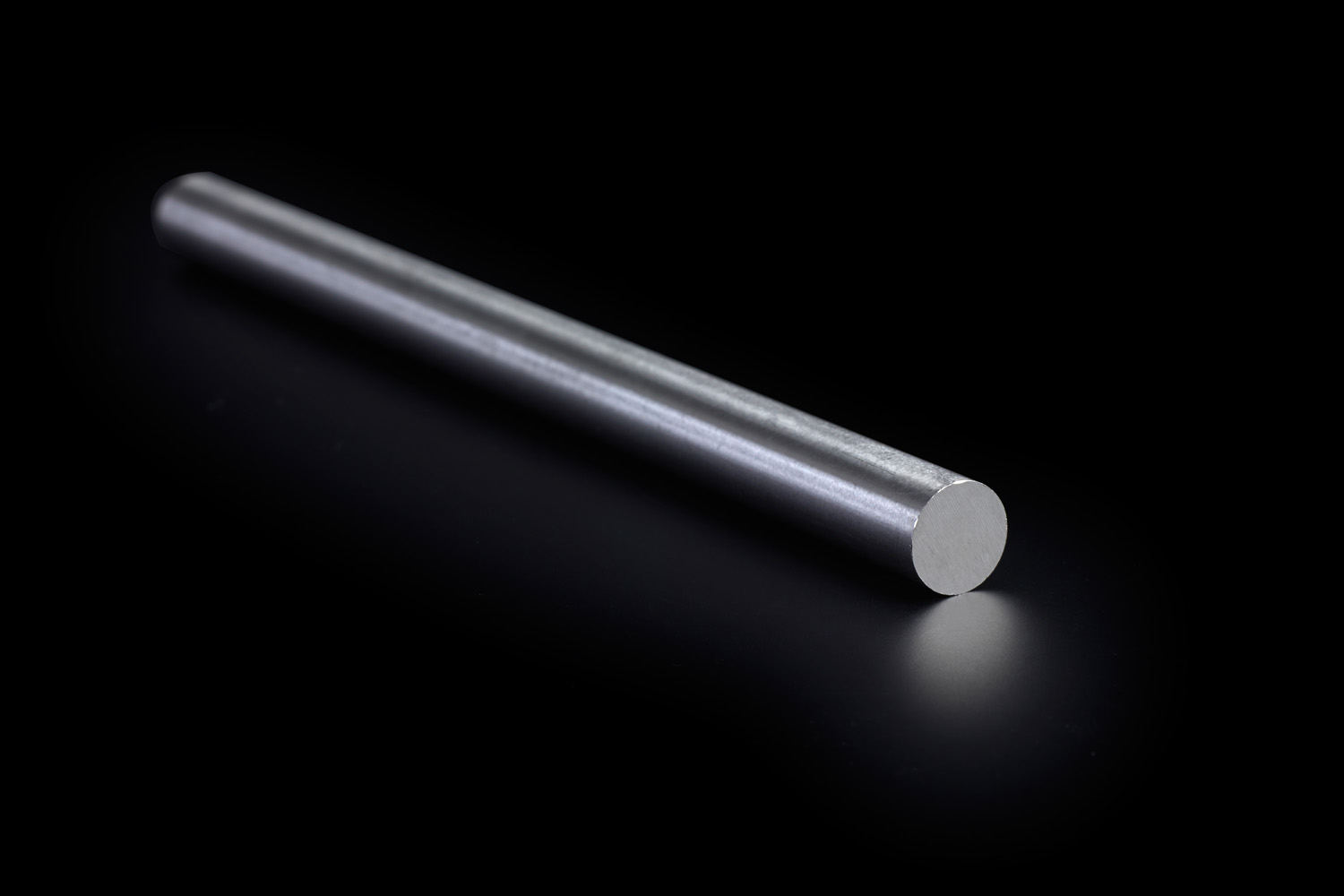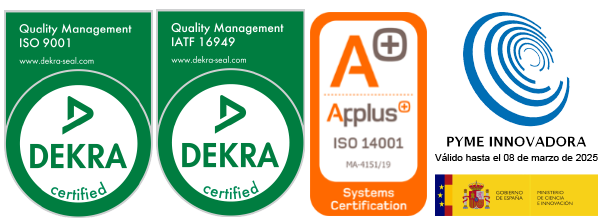How long do Alnico magnets last?
Alnico
magnets were invented in the 1920s and are the product of the combination of
aluminum, nickel and cobalt. They last as long as neodymium magnets and are
used today in high-temperature applications, applications requiring low
coercitivity, mass production instruments and legacy applications in which the
material has been designed.
In fact, alnico magnets, for many years, were the strongest permanent magnets available until rare earth magnets developed, so before the appearance of neodymium magnets, for example, alnico magnets ruled the world.
While
eclipsed and largely replaced by these stronger rare earth magnets, alnico
magnets are still commonly used in various industries for specific jobs such as
high temperature control equipment and sensor manufacturing, to name a few.
If they
are durable, why have they been displaced?
They have been displaced because in most applications, alnico is much less powerful than neodymium magnets. Alnico magnets are manufactured by casting or sintering, i.e. they are molded, so they have the advantage of being made in quite complex shapes, such as a 4-pole round horseshoe magnet.
The
durability of alnico magnets is precisely one of the reasons why they are still
used today. In addition,
it has important benefits such as:
But as we have mentioned before, alnico magnets are not the most commonly used in the modern era, precisely because, beyond their duration, they have some handicap that leaves them behind rare earth magnets, such as:
Other interesting facts about Alnico magnets
They are available in blocks, bars, discs, rings, horseshoes, etc.
Can Alnico's magnets be
re-magnetized?
Although special care must be taken to ensure that alnico magnets are not subjected to adverse repulsion fields, as these could partially demagnetize the magnets, they can certainly be easily re-magnetized as they are partially demagnetized by their coercitivity (the ability to demagnetize and re-magnetize easily).
At IMA we have a wide variety of alnico magnets and help you choose the right model for your needs. If you have any doubt, ask us.










